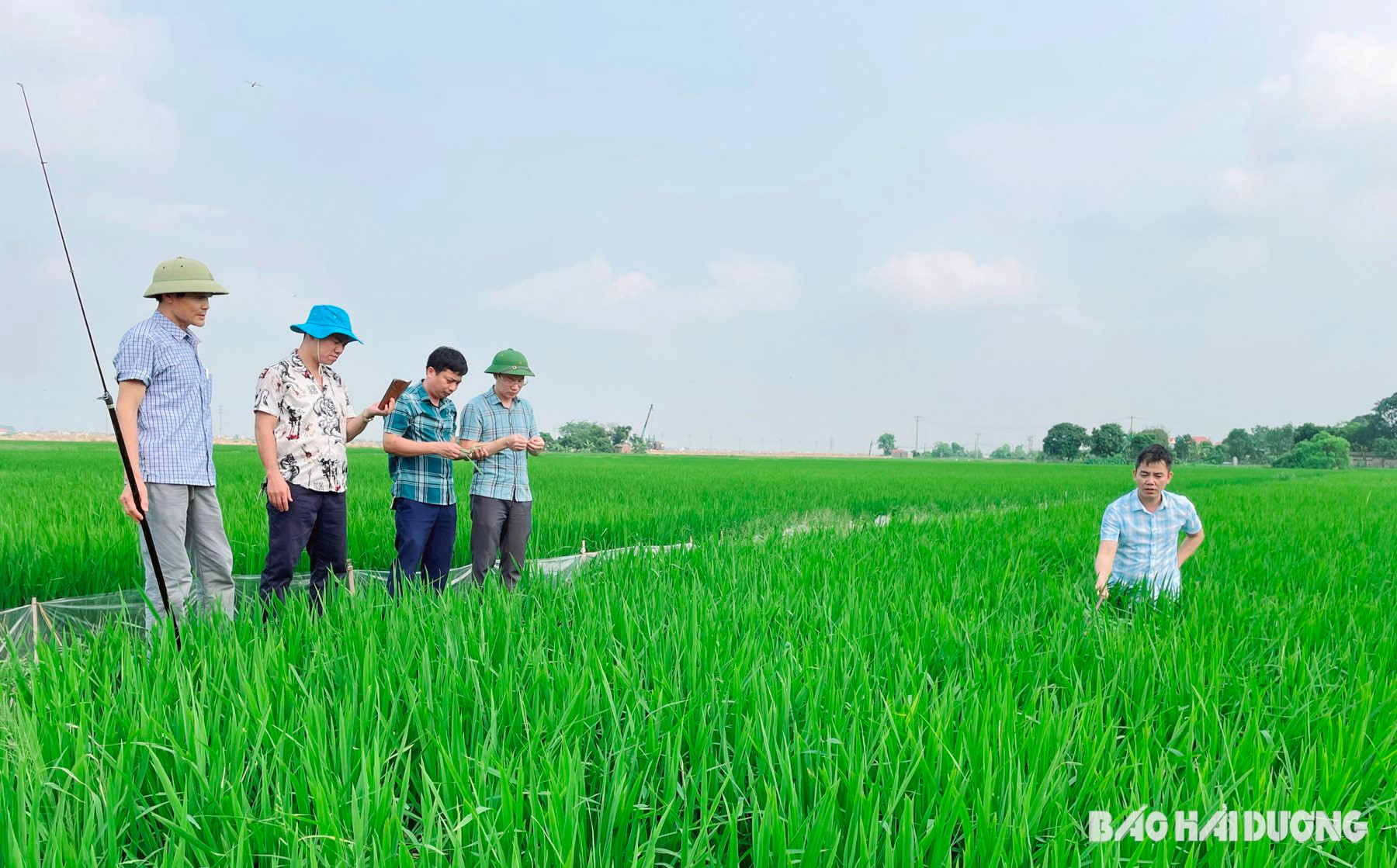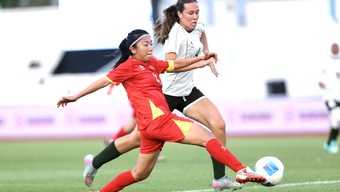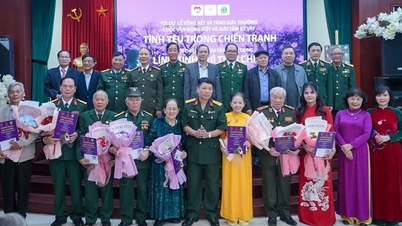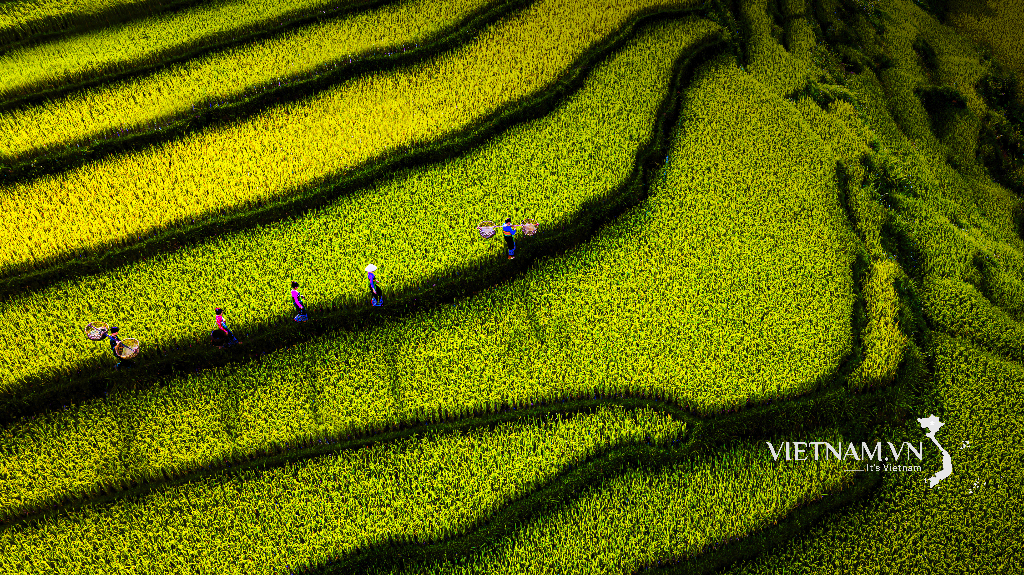
Currently, rice crops in Hai Duong province are generally growing and developing well. The early spring crop is in the heading to flowering stage, while the late spring crop is in the tillering and heading stage. The early lychee crop is developing fruit pulp, and the main lychee crop is growing in size.
According to the Provincial Department of Crop Production and Plant Protection, some rice fields in Thanh Mien, Binh Giang, Ninh Giang, and Kim Thanh districts are currently experiencing outbreaks of rice blast disease, with small leaf-rolling caterpillars beginning to emerge and lay eggs. Fruit borers, downy mildew, and anthracnose are also causing scattered damage to lychee crops.
The Provincial Department of Crop Production and Plant Protection has requested that localities strengthen propaganda and urge farmers to actively inspect their fields and control pests and diseases in rice and lychee crops.
For rice leaf rollers, monitor and spray pesticides at the right time when the larvae are hatching in large numbers (approximately from April 26th to May 3rd, depending on the ecological zone and rice variety); only spray on rice fields with a density of 20 larvae/m2 or more, and repeat the spraying after 4-5 days. Farmers are advised to choose plant protection products containing the active ingredients Isocycloseram, Indoxacarb, a mixture of Indoxacar with Emamectin benzoate, or Chlorfenapyr to control rice leaf rollers.
For rice blast disease, proactively spray to prevent neck blast in newly flowering rice fields and in areas where high-risk varieties such as glutinous rice, Dai Thom, BC 15, and TBR225 are planted. Choose pesticides containing specific active ingredients such as Fenoxanil, Tricyclazole, or a mixture of Fenoxanil and Kasugamycin.
On lychee trees, focus on monitoring and controlling fruit-boring insects, anthracnose, and downy mildew that develop and cause damage in late April and early May. Farmers should note that they should stop spraying pesticides to ensure sufficient waiting time between spraying and harvesting.
PVSource


![[Photo] Prime Minister Pham Minh Chinh receives the Governor of Tochigi Province (Japan)](/_next/image?url=https%3A%2F%2Fvphoto.vietnam.vn%2Fthumb%2F1200x675%2Fvietnam%2Fresource%2FIMAGE%2F2025%2F12%2F16%2F1765892133176_dsc-8082-6425-jpg.webp&w=3840&q=75)

![[Image] Leaked images ahead of the 2025 Community Action Awards gala.](/_next/image?url=https%3A%2F%2Fvphoto.vietnam.vn%2Fthumb%2F1200x675%2Fvietnam%2Fresource%2FIMAGE%2F2025%2F12%2F16%2F1765882828720_ndo_br_thiet-ke-chua-co-ten-45-png.webp&w=3840&q=75)
![[Live] 2025 Community Action Awards Gala](/_next/image?url=https%3A%2F%2Fvphoto.vietnam.vn%2Fthumb%2F1200x675%2Fvietnam%2Fresource%2FIMAGE%2F2025%2F12%2F16%2F1765899631650_ndo_tr_z7334013144784-9f9fe10a6d63584c85aff40f2957c250-jpg.webp&w=3840&q=75)
![[Photo] Prime Minister Pham Minh Chinh receives Lao Minister of Education and Sports Thongsalith Mangnormek](/_next/image?url=https%3A%2F%2Fvphoto.vietnam.vn%2Fthumb%2F1200x675%2Fvietnam%2Fresource%2FIMAGE%2F2025%2F12%2F16%2F1765876834721_dsc-7519-jpg.webp&w=3840&q=75)
























































![[Video] Independence and self-reliance linked with international integration through 40 years of reform](https://vphoto.vietnam.vn/thumb/402x226/vietnam/resource/IMAGE/2025/12/16/1765899635777_1-1-8054-png.webp)




































Comment (0)